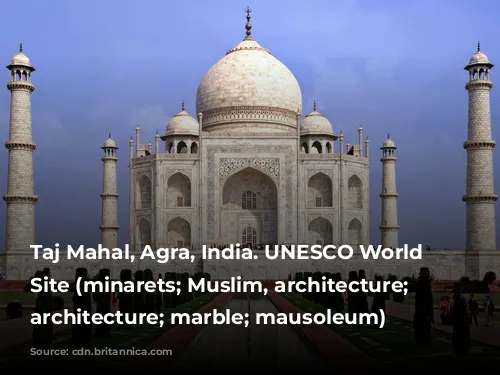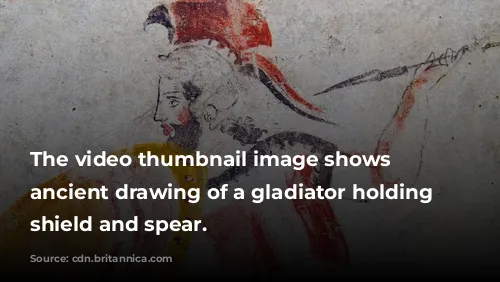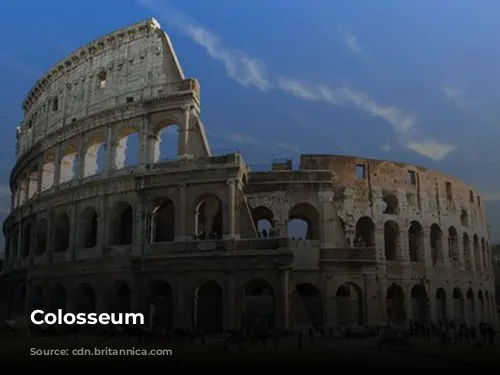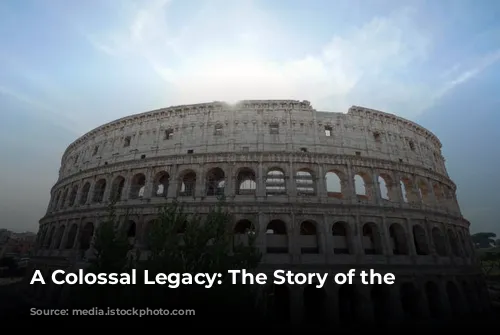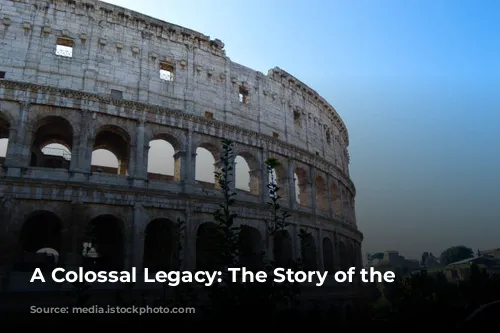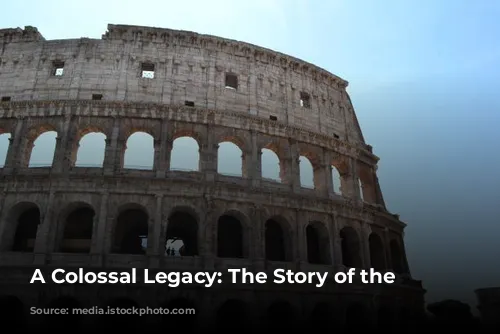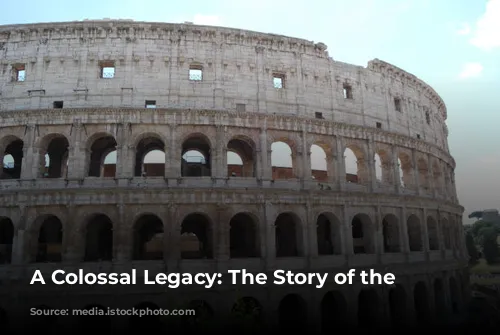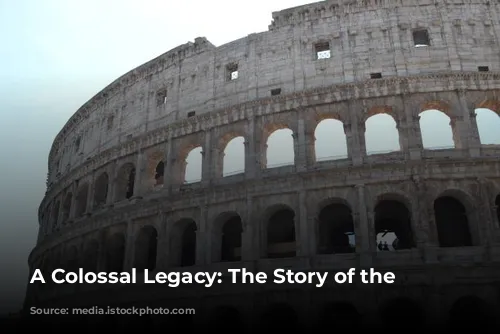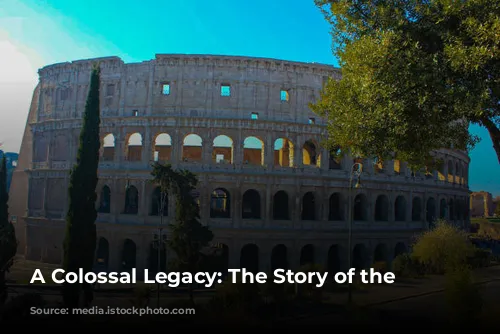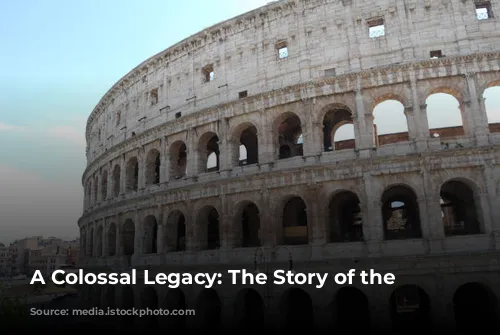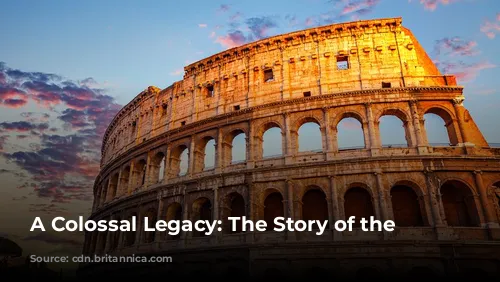The Colosseum, a towering symbol of ancient Rome’s grandeur, stands as a testament to the architectural and engineering prowess of its creators. This iconic structure continues to captivate visitors, drawing millions each year and generating substantial tourism revenue for Italy. In 2018 alone, the Colosseum, Roman Forum, and Palatine Hill collectively attracted over $63.3 million (€53.8 million) in revenue, making it the most popular tourist destination in the entire country.
The Colosseum’s journey, however, has been one of both remarkable resilience and tragic neglect. After the fall of the Western Roman Empire, the once-glorious arena fell into disrepair. The 12th century saw the Frangipane and Annibaldi families transforming the Colosseum into a fortress, a stark contrast to its original purpose. During the late 15th century, Pope Alexander VI further desecrated the site by allowing it to be used as a quarry, a fate that continued for over a thousand years. Only in the 1990s did state-funded restoration efforts begin to bring this architectural marvel back to its former glory.
A Monument of Imperial Ambition
The Colosseum’s construction was a grand project driven by the ambition of the Flavian emperors, Vespasian, Titus, and Domitian, to revitalize Rome after the turbulent year of the “Four Emperors” in 69 CE. Like other amphitheatres of the era, Vespasian envisioned the Colosseum as a center of entertainment, hosting spectacles ranging from gladiatorial combats and animal hunts to elaborate mock naval battles. The arena’s construction was initiated under Vespasian between 70 and 72 CE, with the completed structure being dedicated in 80 CE by his successor, Titus. Domitian, the final emperor of the Flavian dynasty, added the fourth story in 82 CE, leaving an indelible mark on this iconic landmark. Notably, the Colosseum was built with the spoils of war, funded by the plunder from Titus’s conquest of Jerusalem in 70 CE and constructed by enslaved Jews from Judaea.
Engineering Marvel: A Triumph of Design and Construction
The Colosseum stands as a testament to Roman engineering ingenuity, a giant amphitheatre constructed with meticulous detail and a complex system of structural elements. This elliptical structure, made from stone, concrete, and tuff, rises to a height of four stories, encompassing a vast area measuring 620 by 513 feet (189 by 156 meters). Its impressive scale could accommodate up to 50,000 spectators, creating a spectacle that would have captivated the citizens of ancient Rome. The Colosseum’s design employed a sophisticated system of barrel vaults and groin vaults, a remarkable feat for its time. Three of the arena’s stories are encircled by arcades framed on the exterior by engaged columns, showcasing the Doric, Ionic, and Corinthian orders, a design pattern that would later influence Renaissance architectural styles. The use of travertine for the main structure and facade, volcanic tufa for the secondary walls, and concrete for the inner bowl and arcade vaults reflects the meticulous planning and resourcefulness of the Roman engineers.
A Stage for Thrilling Spectacles
The Colosseum wasn’t simply a grand structure; it was a vibrant stage for a variety of captivating spectacles that entertained the Roman populace. The amphitheatre’s design included a massive retractable velarium (awning) to shield spectators from the sun’s rays. This sophisticated system involved supporting masts extending from corbels built into the Colosseum’s top story, requiring hundreds of Roman sailors to manipulate the rigging that extended and retracted the velarium. The Colosseum witnessed countless gladiatorial combats, thrilling contests between men and animals, and even larger-scale battles, including mock naval engagements. While the exact details remain uncertain, the arena is believed to have been the site of martyrdoms of early Christians, adding another layer of historical significance to this already awe-inspiring structure.
Enduring Legacy: From Ruin to Restoration
The Colosseum’s journey through time has seen both periods of glory and neglect. After its peak as a center of entertainment, the structure was repurposed for a variety of uses during medieval times, serving as a church and fortress. However, this period also witnessed the destructive forces of nature and human neglect. Lightning strikes, earthquakes, vandalism, and pollution took their toll, stripping the Colosseum of its marble seats and decorative materials. For over a thousand years, the site was treated as a mere quarry, a tragic testament to the decline of this once-grand monument. Fortunately, preservation efforts began in earnest in the 19th century, with notable contributions by Pope Pius VIII. The 1990s saw a dedicated restoration project, breathing new life into this architectural marvel. The Colosseum stands today as a major tourist attraction, drawing close to seven million visitors each year, each one captivated by the echoes of ancient Rome’s splendor. Regularly mounted exhibitions exploring the culture of ancient Rome further enhance the experience, ensuring that the Colosseum’s legacy continues to captivate and inspire generations to come.
